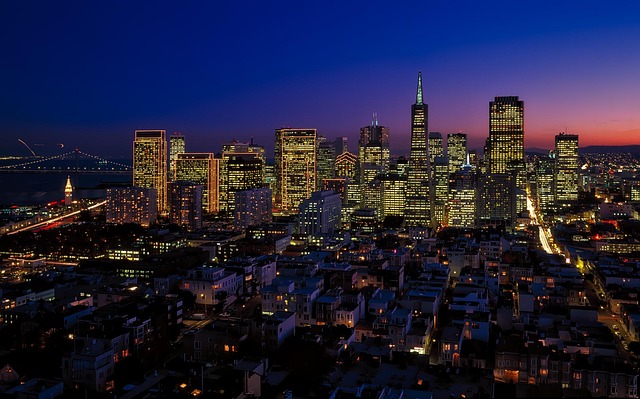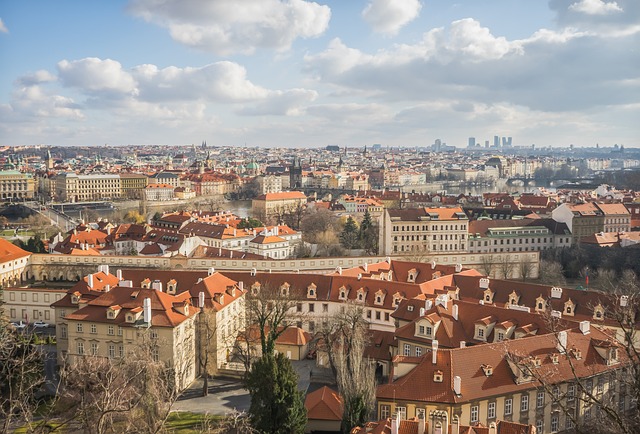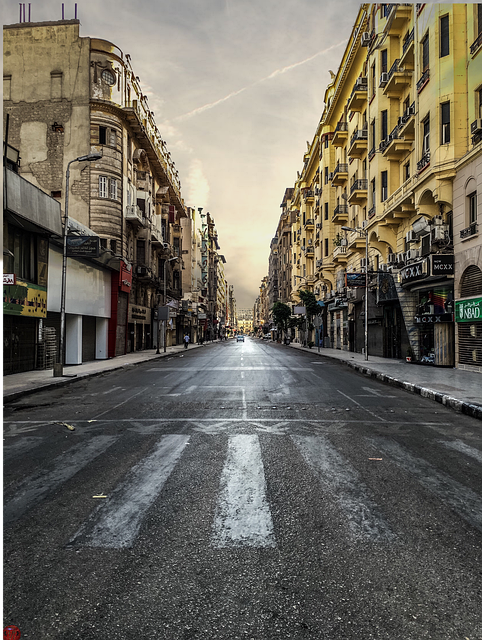Saadi Road in Karachi boasts a diverse public transport network, including buses, mini-buses, and e-rickshaws, catering to the city's mobility needs. Historically lacking organized transit, Karachi has evolved from horse-drawn carriages to modern BRT systems. The city's current ecosystem promotes accessibility, affordability, and congestion relief. Recent upgrades, like advanced buses, smart ticketing, dedicated lanes, and improved signaling, enhance the experience. Future prospects include integrating BRT networks and potentially light rail/metro lines for an even more sustainable and efficient public transport system on Saadi Road and across Karachi.
“Exploring Public Transport on Saadi Road, Karachi: Unveiling a Vital Urban Mobility Network. This comprehensive guide delves into the dynamic landscape of public transportation along Saadi Road, offering a unique window into Karachi’s evolving mobility solutions. From historical roots to modern innovations, we trace the journey of buses, trains, and emerging trends that shape the city’s daily commute. Understanding these challenges and recent developments is key to envisaging an improved public transport future for Karachi.”
- Understanding Public Transport on Saadi Road, Karachi: An Overview
- The History and Evolution of Public Transit in the Area
- Key Modes of Public Transportation: Buses, Trains, and More
- Challenges and Improvements: A Look at Recent Developments
- Future Prospects and Potential for Enhanced Public Services
Understanding Public Transport on Saadi Road, Karachi: An Overview

Saadi Road in Karachi boasts a vibrant public transport system that serves as a lifeline for the bustling metropolis. Understanding this network is key to navigating the city’s diverse and often labyrinthine streets. The primary modes of public transportation along Saadi Road include buses, mini-buses (also known as ‘vanets’), and an emerging fleet of e-rickshaws. These vehicles form a symphony of mobility, ferrying locals and visitors alike across the expansive urban landscape of Karachi.
The bus service, operated by various private sectors, offers a comprehensive network with regular intervals during peak hours. Mini-buses provide a more flexible option, plying specific routes with frequent stops, catering to those who prefer a more direct journey. Additionally, e-rickshaws, an innovative addition, offer a clean and eco-friendly alternative for short-distance travel. This diverse public transport ecosystem not only eases congestion but also ensures affordability and accessibility for all, reflecting the dynamic nature of Karachi’s urban mobility.
The History and Evolution of Public Transit in the Area

The journey of public transport on Saadi Road, Karachi, is a reflection of the city’s growth and changing mobility needs. Historically, Karachi, known for its bustling streets and vibrant culture, lacked organized public transit options when it was still in its nascent stages. In the early 20th century, the focus was primarily on private vehicles and horse-drawn carriages. However, as the city expanded, so did the demand for efficient public transportation systems.
Over time, Karachi witnessed the introduction of buses and trams, marking significant milestones in its public transit evolution. The first organized bus services emerged in the 1930s, providing a more accessible and affordable mode of transport for the growing population. These early efforts set the foundation for what would become a robust public transportation network. Subsequently, the addition of modern bus rapid transit (BRT) systems in recent years has further enhanced connectivity along major corridors, including Saadi Road, catering to the needs of today’s urban dwellers in the vibrant metropolis that is Karachi.
Key Modes of Public Transportation: Buses, Trains, and More

In Karachi, the vibrant and bustling metropolis of Pakistan, public transportation plays a crucial role in moving folks across the city. Among the key modes are buses, trains, and an array of ride-hailing services. Buses, with their extensive network, serve as the backbone of urban mobility, connecting various neighborhoods and commercial hubs. The Karachi Metropolitan Bus Service (KMBS) stands out for its modern fleet and dedicated lanes, enhancing travel efficiency.
Trains, operated by the Pakistan Railways, offer a fast and affordable alternative. The Millat Express and several other daily trains cater to the commuter needs, providing a comfortable journey across the city and beyond. Moreover, ride-hailing apps like Uber and Careem have revolutionized transportation in Karachi, offering on-demand services that are both convenient and accessible. These options collectively form the backbone of public transport in the city, contributing to a more connected and efficient urban environment for all residents and visitors alike.
Challenges and Improvements: A Look at Recent Developments

The public transport system on Saadi Road, Karachi, has faced several challenges over the years, including congestion, inadequate infrastructure, and a lack of modern amenities. However, recent developments have brought about significant improvements. The city government has been actively working to enhance the overall experience for commuters by introducing new buses with improved facilities, expanding routes, and implementing smart ticketing systems. These efforts aim to make public transport more accessible, efficient, and comfortable for the growing population of Karachi.
Additionally, initiatives to reduce traffic congestion include dedicated bus lanes, better signaling systems, and improved pedestrian crossings. These measures not only speed up commute times but also contribute to a safer and more sustainable urban environment. As Karachi continues to evolve, these improvements in public transport are vital steps towards creating a modern, livable metropolis.
Future Prospects and Potential for Enhanced Public Services

Karachi, Pakistan’s vibrant metropolis, is witnessing a transformation in its public transport landscape, with Saadi Road serving as a key focus area. As the city evolves, the potential for enhanced public services along this corridor is immense. Future prospects include the integration of modern transit systems, such as efficient bus rapid transit (BRT) networks and possibly even light rail or metro lines, which could drastically improve connectivity.
The implementation of these strategies would not only alleviate traffic congestion but also provide a sustainable and comfortable travel experience for residents and visitors alike. With proper planning and investment, Saadi Road could become a model for public transport in Karachi, setting new standards for accessibility, efficiency, and environmental sustainability.
Public transport on Saadi Road, Karachi, has come a long way, offering diverse modes like buses, trains, and even modern options. The city’s historical evolution in public transit highlights continuous improvement efforts. Recent developments address challenges, ensuring a more efficient system. Looking ahead, Karachi’s future prospects promise enhanced services, potentially revolutionizing mobility with innovative solutions tailored to the bustling metropolis.



